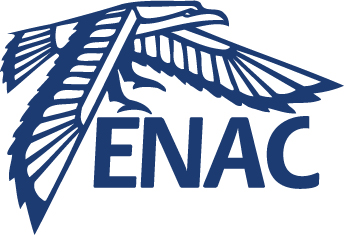Test of GOCE EGG data for spacecraft positioning
Résumé
Consisting of three pairs of accelerometers, the gradiometer is an ideal sensor for passive navigation. This paper proposes the use of gravity gradients for spacecraft positioning and the real-world GOCE EGG data are tested to investigate the feasibility. The basic observation equation is first formulated by considering white noise only, and a Least-Square position searching method is developed. The raw GGT measurements are preprocessed before the test in order to remove the low-frequency errors. By using a 120-degree EGM2008 gravity model as a reference map, position solutions with an accuracy of hundreds of meters are obtained. A further semi-simulation study shows that an accuracy of tens of meters could be achieved with a better gradiometer.
Origine : Fichiers produits par l'(les) auteur(s)
